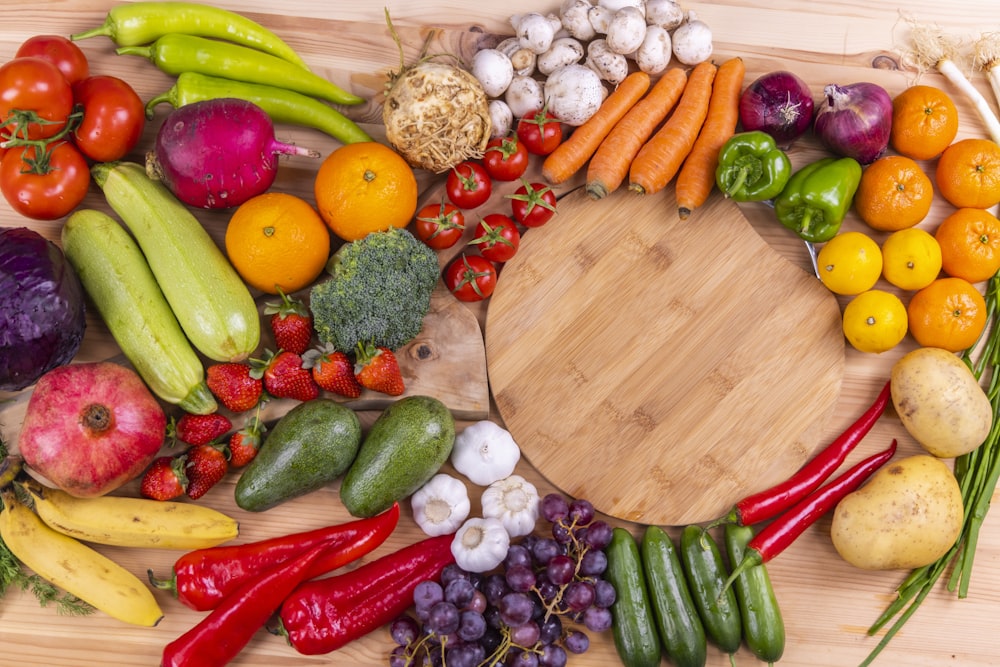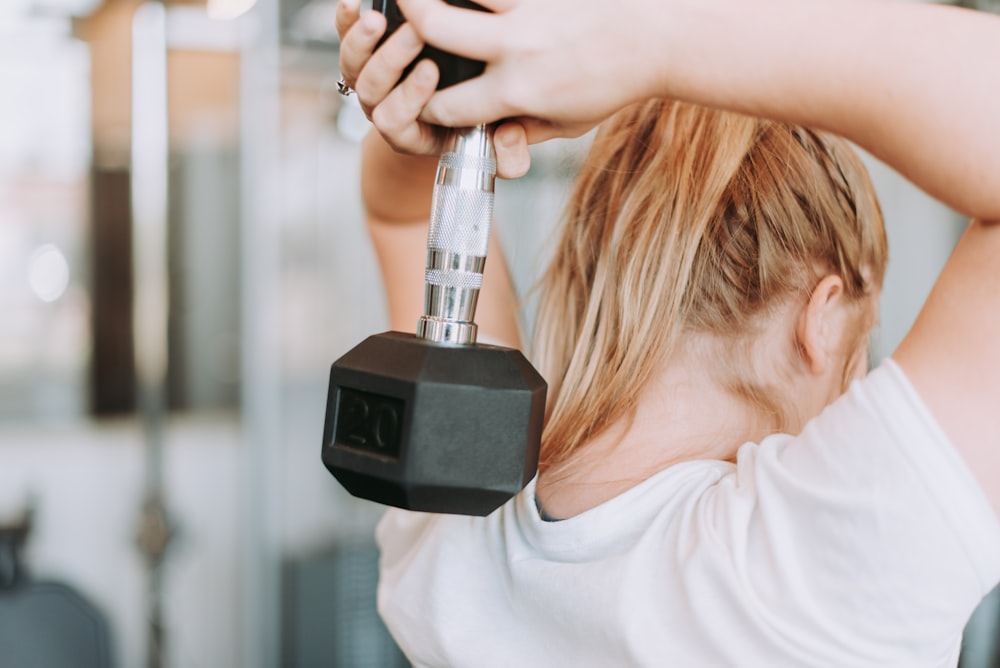
Your colon health is important for many reasons. According to the American Cancer Society, the chance of getting colorectal or colon cancer is 1 in 23 men and 1 in 25 women. It is the third most common cancer, which is very alarming because if your colon malfunctions, you won’t be able to absorb nutrients from the food you’re eating properly. Furthermore, without a properly functioning colon, your body cannot excrete harmful toxins and waste as effectively. As a result, your body will not be functioning optimally and slowly getting sicker and weaker.
Fortunately, colon cancer is highly treatable at an early stage. In fact, there are diagnostic screening tests such as colonoscopies that can nip precancerous polyps before they morph into cancer cells. Hence, staying proactive with your preventive health screenings is crucial if you have a family history of colon cancer or if you are 45 and older (because age increases your risk for colon cancer). In addition, knowing how your colon works and taking good care of it is essential to prevent the onset of cancer. Learn more about it below.
The Function of the Colon: An Overview
The colon is an organ in the large intestine of the human body, and refers to the last part of the GI or gastrointestinal tract. The latter is the long, tube-like pathway where the food and beverages you consume travel through. This tract follows from the small intestines and ends at the anal canal, where waste leaves your body in the form of stool.
When food enters the colon, it means it is nearing the end of its journey in your digestive system. After that, the usable nutrients are absorbed, stored and/or used by the body, while the waste is prepped for elimination.
The large intestines, often referred to as bowels where the colon lies, transforms food waste, dead bacteria, and other inorganic matter into stool. You excrete all of this waste from your body when you defecate through your rectum and anus. Sometimes, the entire large intestine is interchanged with the colon.
The colon itself can be divided into different parts. The entry point is the cecum, measuring six inches long. The rest of the colon is divided into the following:
- Ascending colon (moving up)
- Transverse colon (moving across to the left)
- Descending colon (moving down)
- Sigmoid colon (moving back across to the right)

How Do the Parts of the Colon Work?
When your large intestine receives food, it has already been liquified during digestion. Whatever nutrients your body needs are absorbed. (Keep in mind that if you consume something bad for you, such as excess alcohol, this too is absorbed.) The cecum is the starting point of the large intestine, which is also its widest point. It looks like a pouch because it serves as a reservoir for the food that comes from the small intestines. When it is full, it triggers muscle contractions which signals to the rest of the colon to perform its job. The large intestine is tasked with (re)absorbing water and electrolytes.
The colon absorbs water and electrolytes as peristaltic movement, or wave-like contractions move the waste along your bowels. Concurrently, the gut bacteria thriving in your colon feast on the waste and help to further break it down, which completes the chemical part of digestion. The stool will travel up to the ascending colon and eventually move sideways in the transverse colon. When the stool enters the descending colon, it is now primarily solid.
The colon also secretes a form of mucus that serves both as a binder and lubricant for food waste. This component helps your body pass the waste smoothly as it undergoes dehydration. The colon also contains mucus linings that churn the food slowly. By the time the sigmoid colon delivers the stool to your rectum, it will now resemble the stool or feces you are familiar with.
Your stool contains undigested matter, dead cells that your intestinal mucosa regularly sheds, inorganic matter, and dead bacteria. It will also include a little water and mucus. As soon as the stool enters the rectum, you feel the strong urge to go ‘number two’. Now the anus is the canal which the stool traverses for total elimination. Inside the anus, you’ve got an internal sphincter that opens up to let it pass when you go to the bathroom. The external sphincter is the one you control when you’re sitting in the toilet, ready to let the waste out.
Keeping Your Colon Healthy and Cancer-Free
Your colon is a vital part of your entire digestive system. If it doesn’t work correctly, you may start feeling fatigued, bloated, nauseous, and/or sick. On the contrary, if your colon is healthy, you will feel fit, and your body will be better equipped to fight diseases. Here’s what you can do to keep your colon healthy and ensure colorectal cancer stays at bay:

Eat more fiber
To maintain a healthy colon, you should aim to eat 25 to 35 grams of fiber per day. Fiber makes you feel full for longer, which can help prevent overeating. More importantly, it helps your body regulate bowel movements. With higher fiber in your diet, peristaltic movement is at a more optimal level. And this means everything will move through your colon with ease. On top of that, you reduce your chances of developing colon-related diseases. Don’t forget to include the following high-fiber foods in your diet:
- Nuts
- Seeds
- Lentils
- Beans
- Berries
- Broccoli
- Apples
- Carrots
- Pears
- Prunes
- Peas
- Steel-cut oats
- Whole wheat
If your diet incorporates these veggies, fruits, and whole grains, you decrease your risk for colorectal cancer. In addition, studies show that a clean diet rich in vitamins, minerals, fiber, and antioxidants, can prevent disease onset in the colon and promote better stomach flora.
Limit consumption of processed foods and red meat
If your diet is rich in processed foods and red meat, you consume a lot of saturated fat. Unfortunately, this is bad for your heart, and it is associated with an increased risk of colon cancer. Instead, make room for “good” fats like salmon or avocado. These healthy fats can also promote better gut health.
Processed foods can contain carcinogens in their additives such as preservatives and food coloring, potentially increasing your risk for colorectal cancer. Similarly, the way you prepare red meat can also produce carcinogens. For example, barbeques with charred black parts or frying with too high heat can increase your exposure to carcinogens because components in the food itself can become toxic due to improper food preparation.
Stay hydrated
Make it a point to drink the recommended amount of water which is 8 glasses per day. It is advisable to increase your water intake level if you are:
- Engaged in exercise
- Live in a hot climate
- Take medications with diuretics
- Drink coffee, tea, or other caffeinated beverages
When you are dehydrated, toxins can build up in your system. As a result, you may feel lethargic and bloated. On top of that, you can end up dealing with constipation. However, if you drink sufficient water per day, it can help move these toxins through your colon more swiftly and you will empty your bowels regularly.

Engage in regular exercise
Everyone knows working out is good for you because it protects your heart health and makes you stronger. Another benefit of exercise is improving the consistency of your bowel movements. When you move your body, you promote blood flow through your whole body. As a result, more blood will flow to your GI tract which facilitates digestion. Research indicates that performing rigorous and intense workouts can minimize your risk of developing digestive problems like:
- Chronic constipation
- Irritable bowel
- Reflux
- Bloating
Get routine colonoscopies
Most doctors recommend getting a colonoscopy when you turn 45 years old. With a colonoscopy, polyps and other abnormal growths that can lead to colon cancer are nipped in the bud. This procedure can prevent disease from developing in the first place. Again, when detected early, colon cancer is highly treatable.
If you have a family history of colon cancer or have been diagnosed with polyps, your doctor may recommend getting colonoscopies and other preventive screening sooner. The frequency of this screening test will hinge on your risk factors such as family history, age, and lifestyle.
Prioritize Preventive Care
Although colon cancer is a fairly common cancer, it can be preventable with proper lifestyle habits and diagnostic testing. Bear in mind anyone with a colon can be diagnosed with colorectal cancer, so vigilance is vital. Regular screening is the best way to nip out polyps and precancerous growths.
If you want to stay extra vigilant, consider taking a CircleDNA test. This at-home DNA testing kit reveals your health and disease risks based on your genetics. CircleDNA can test certain genes that are associated with a high risk for colon cancer. Reports will also include nutrition and diet suggestions that fit your needs based on your genetics. Today’s modern diet is often hard on the colon, which is why incidences of colorectal cancer are increasing. Sugary, fatty, and processed foods promote acid formation resulting in gut inflammation. Remember, your lifestyle choices affect the state of your colon, so choose more alkalizing veggies and fruits. Don’t wait for symptoms before screening to protect the health of your colon, and in doing so, you also improve your longevity.






